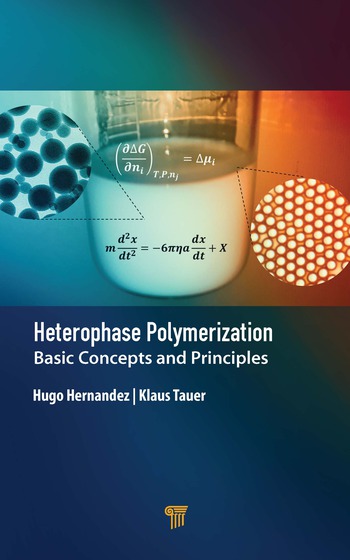Ask Dr. Dave: September 2012

QUESTION: We use pressure-sensitive labels in our bottling operation. They work well, but are quite expensive. Is there a fast, low-cost alternative?
ANSWER: Pressure-sensitive labels are making serious inroads into traditional labeling markets, but if your business can afford some capital investment, then an alternative is to use overlap labels that have adhesive applied automatically to the leading and trailing edge of the label. The adhesive can be jetted on or applied by roller. Labels are commonly supplied in a magazine, and the adhesives are usually water-based or hot melts.
The simplest labeling machines (such as those found in small wineries) are semi-automatic horizontal labelers where the bottle or can is rolled through the machine. Extremely high-volume operations, such as those in the soft drink or canning industries, use totally automatic vertical labelers where the bottle or can travels upright through the labeler.
One of the key elements to successful low-cost labeling is to choose the right adhesive for both your container surface and the label itself, which is commonly paper or plastic. Adhesive manufacturers have formulated special adhesives for specific applications. For example, carbonated drinks use polyethylene terephthalate (PET) bottles, which tend to expand during shipping or storage. To address this problem, manufacturers have developed hot-melt adhesives that slip a little to prevent tearing of the labels. Similarly, special adhesives have been designed to label cold, wet containers or containers full of hot liquids.
You need to carefully consider the pros and cons of changing from your current pressure-sensitive adhesive. Pressure-sensitive labels, though somewhat expensive, are easy to store and apply with simple equipment. Fully automatic labelers can also be expensive to purchase, require you to buy and store adhesive, and require line and maintenance personnel to be thoroughly trained in their operation, maintenance, and cleanup.
Any views or opinions expressed in this column are those of the author and do not represent those of Adhesives & Sealants Industry, its staff, Editorial Advisory Board or BNP Media.
Looking for a reprint of this article?
From high-res PDFs to custom plaques, order your copy today!






